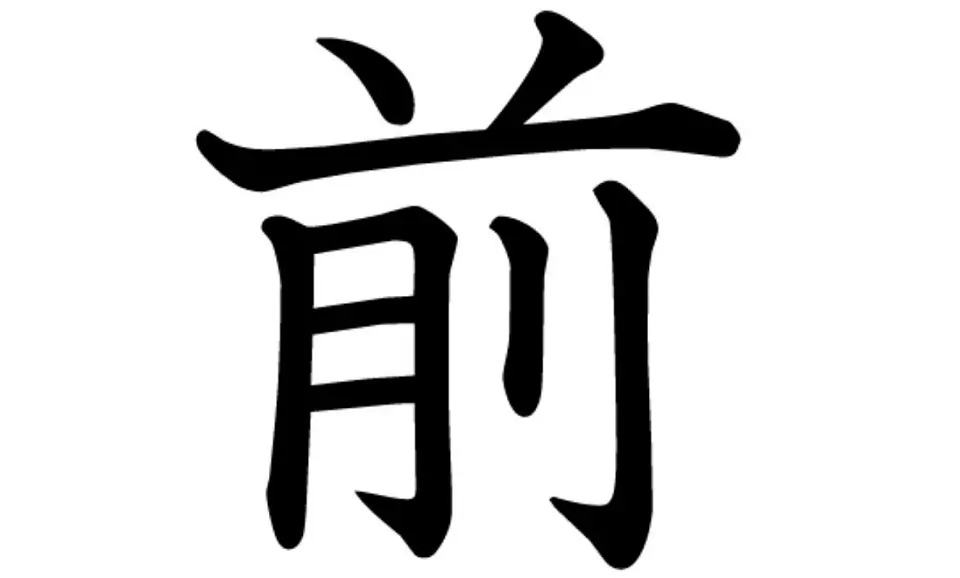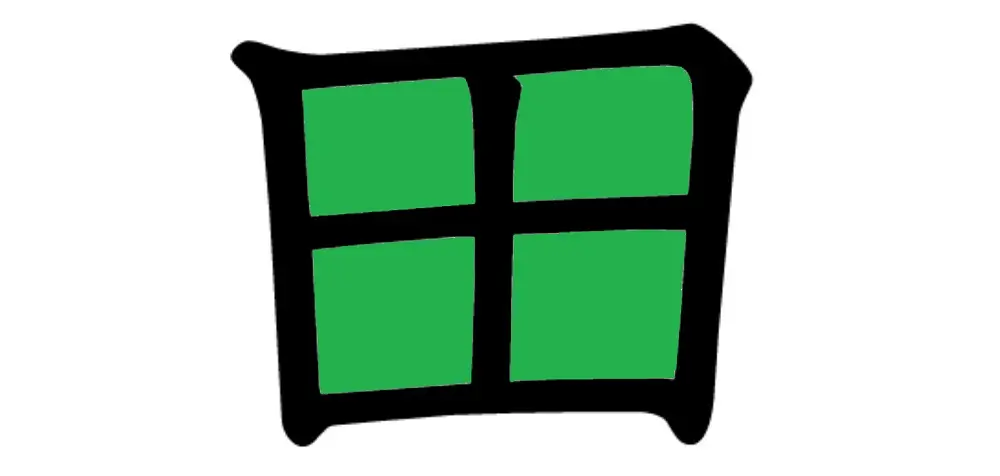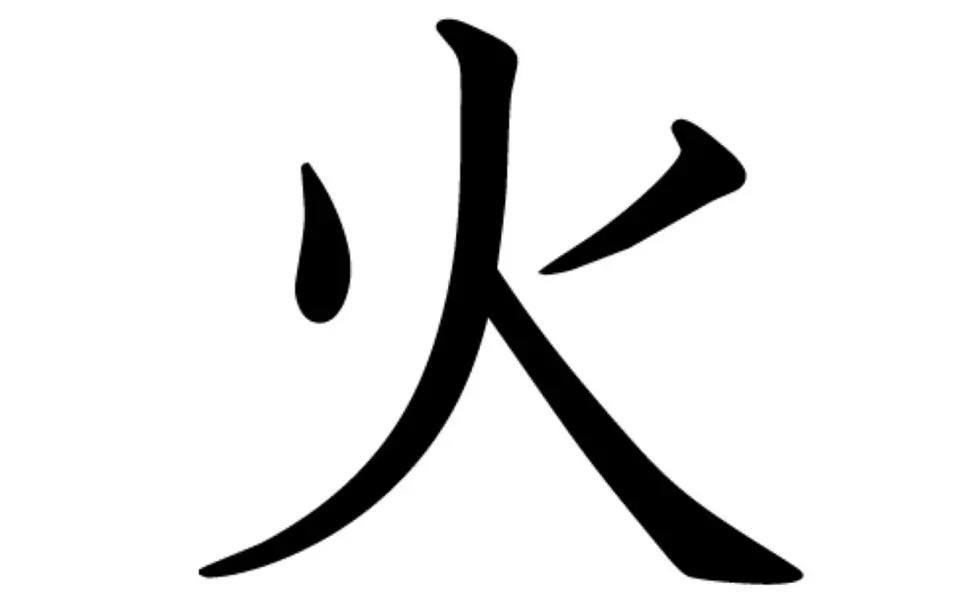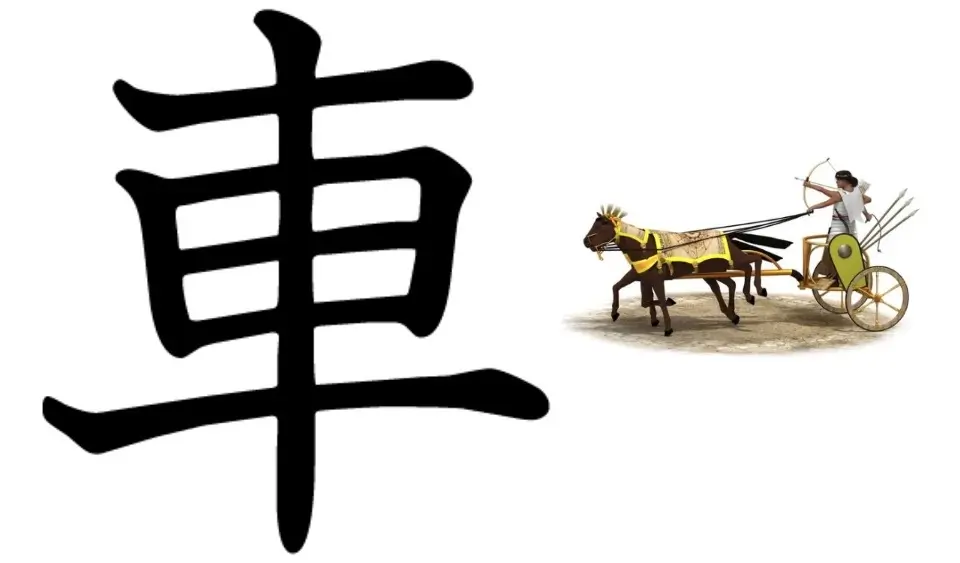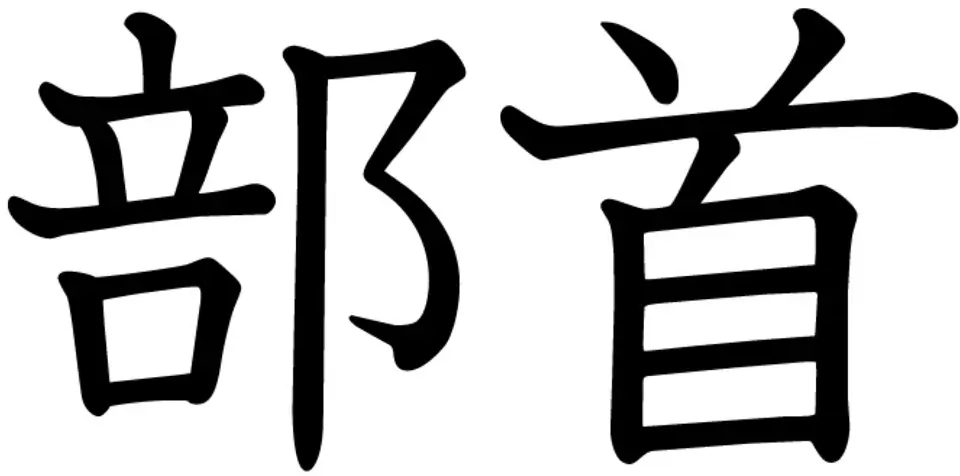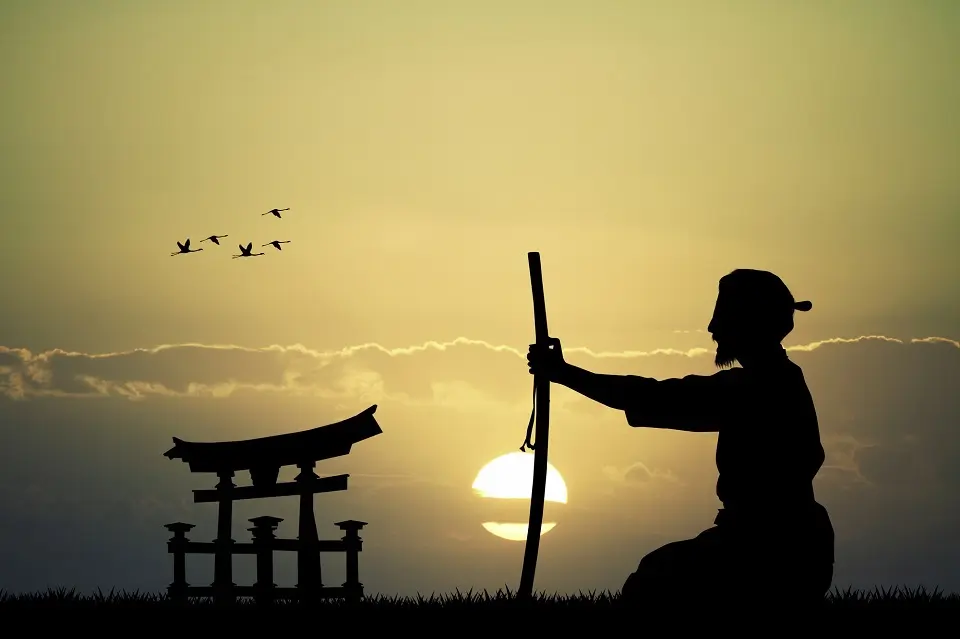Kanji for ‘Before’ or “In Front Of”: 前 (Mae)
The Japanese kanji for “before” or “In front of” is 前 (mae). The pronunciation of the Kanji 前 is “mae” (まえ) in its kun’yomi (Japanese reading) and “zen” (ゼン) in its on’yomi (Chinese reading). The shape of this kanji is rather simple, and its shape has a clear origin. However, the pronunciations can change based on the word the kanji
Continue reading
